 The mineral nutrient iron is best known as a key component of oxygen-carrying hemoglobin in red blood cells.
The mineral nutrient iron is best known as a key component of oxygen-carrying hemoglobin in red blood cells.
Roughly 2/3 of your body’s iron is in hemoglobin. But iron plays many other roles in human nutrition. It’s an essential part of the structure and function of hundreds of proteins and enzymes.
Those molecules are involved with reactions that control energy production, metabolize drugs and toxins, and protect against damaging oxidation.
Recommended Dietary Allowances for Iron
The Recommended Daily Intake of iron varies according to age and gender.
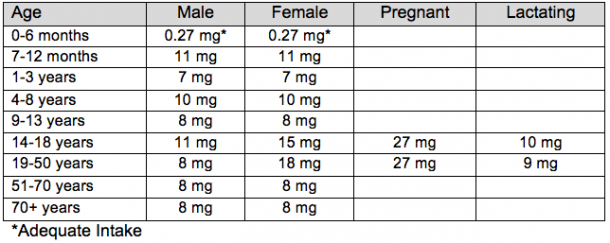 Source: Office of Dietary Supplements, National Institutes of Health
Source: Office of Dietary Supplements, National Institutes of Health
Children need iron to support growth. As girls enter puberty, they need more iron than boys the same age, to replace iron lost in menstruation. Women need more than men, until menopause, and pregnant women need even more to support growth of the fetus.
Because breastfeeding temporarily halts menstruation, women who are nursing their babies actually need less iron. While breast milk isn’t high iron, the form of iron is unique and is especially well-absorbed by infants compared to the iron in formula.
Which Foods Have Iron?
Iron from animal foods is better absorbed than the iron in plant foods. Vegetarians and vegans need to include lots of high iron foods to ensure sufficient absorption.
Liver
Oysters
Beef
Dark meat Turkey or chicken
Light meat Chicken and turkey
Tuna
Shrimp
Egg
Pork
Note that dairy foods, like milk and cheese, are not high in iron.
Prune juice
Baked potato
Cooked spinach and other greens
molasses
Kidney beans
Tofu
Lentils
White beans
Refried beans
Sweet potato
Tomato sauce
Asparagus
Wild rice
Grapefruit juice
Most ready-to-eat-cereals are fortified with iron, and some provide the full recommended daily intake for adult women, which is 18 mg. Cereals vary in iron content, so check the nutrition facts panel on the box for more information.
Vitamin C enhances iron absorption, so it helps to eat a high vitamin C food with high iron foods. Oranges, grapefruit, green peppers, broccoli, tomatoes, strawberries, kiwi and melon are all high vitamin C foods.
What Happens If You Don’t Get Enough Iron?
Iron deficiency can result from poor intake, impaired absorption or blood loss. As iron stores become more depleted, the many protein and enzyme systems that require iron are impacted. Symptoms like fatigue or weakness may develop.
Iron deficiency anemia occurs when iron stores are so low that red blood cell production is impacted. Red blood cell count and hemoglobin levels drop. In addition to fatigue, you could experience rapid heart rate, cognitive and immune impairment and feeling cold.
Some people develop an inflamed tongue, called glossitis. Since some of these symptoms are associated with other conditions, it’s best to have a doctor evaluate you.
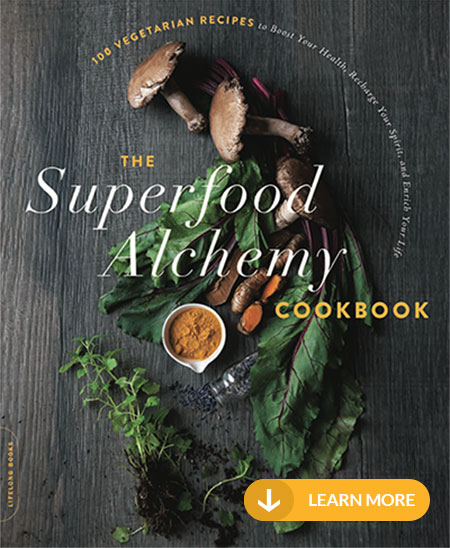
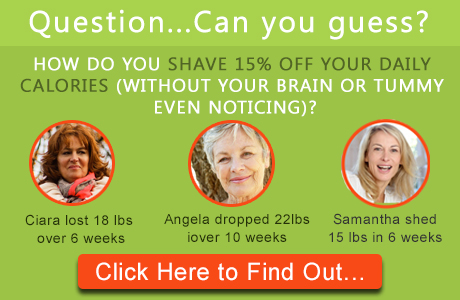
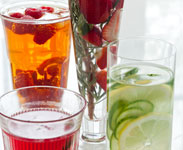 Are you ready to look better, feel more energized, and get back that youthful feeling you remember having as a kid? I can help you on a journey that will change the way you eat — for good. My
Are you ready to look better, feel more energized, and get back that youthful feeling you remember having as a kid? I can help you on a journey that will change the way you eat — for good. My 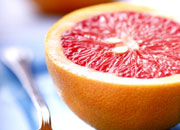


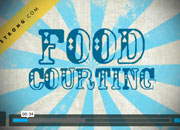
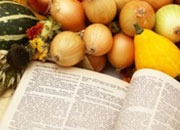
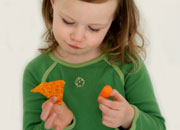






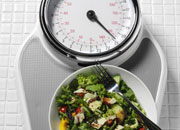
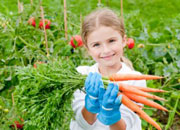

 As a healthy cooking expert, health coach and TV host,
As a healthy cooking expert, health coach and TV host, 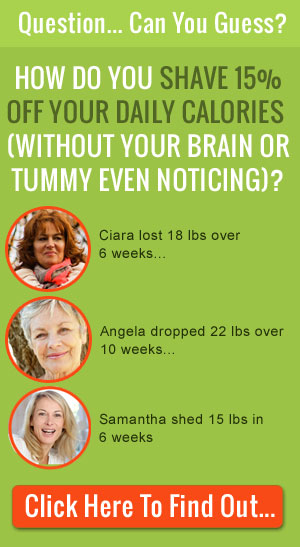
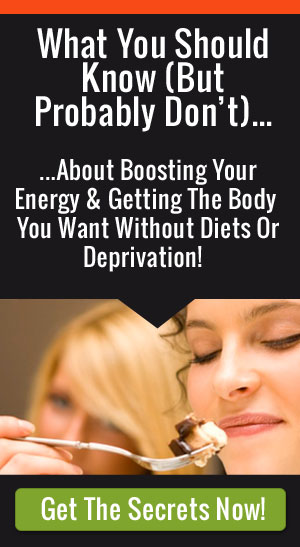
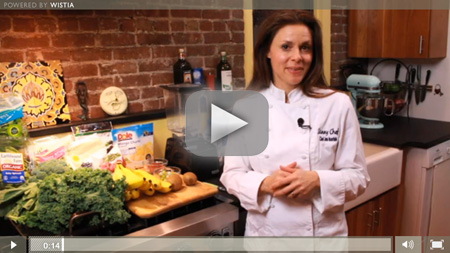
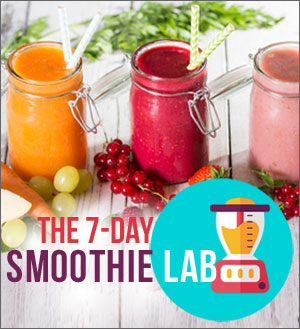
Speak Your Mind